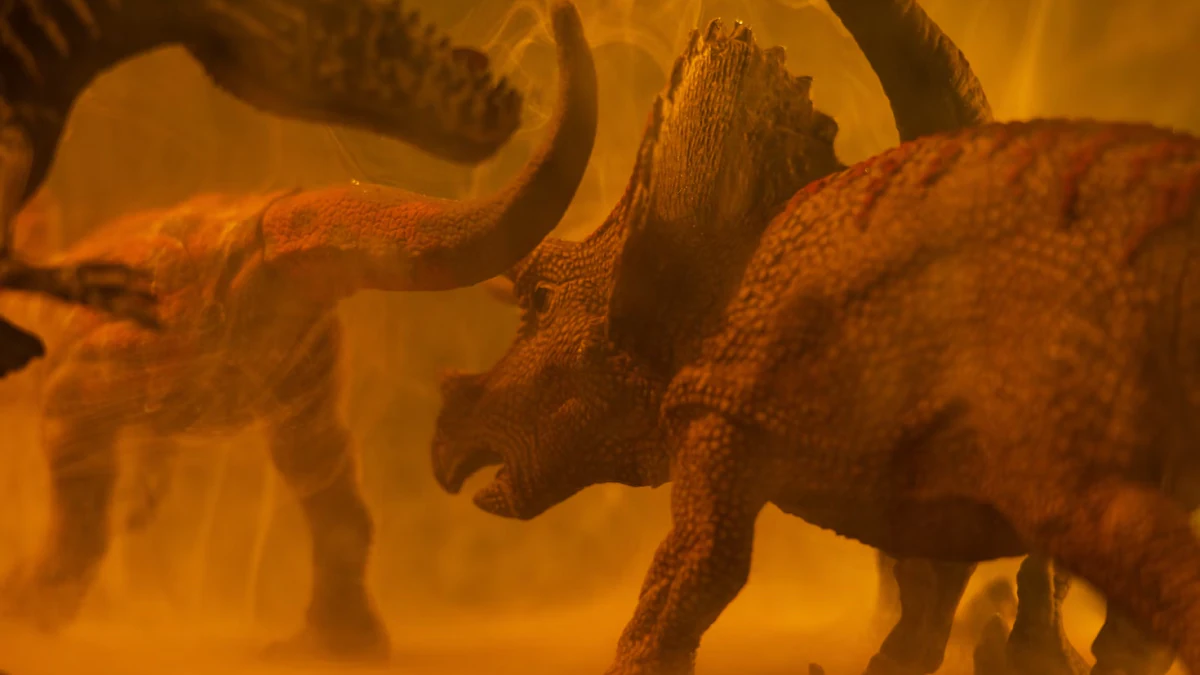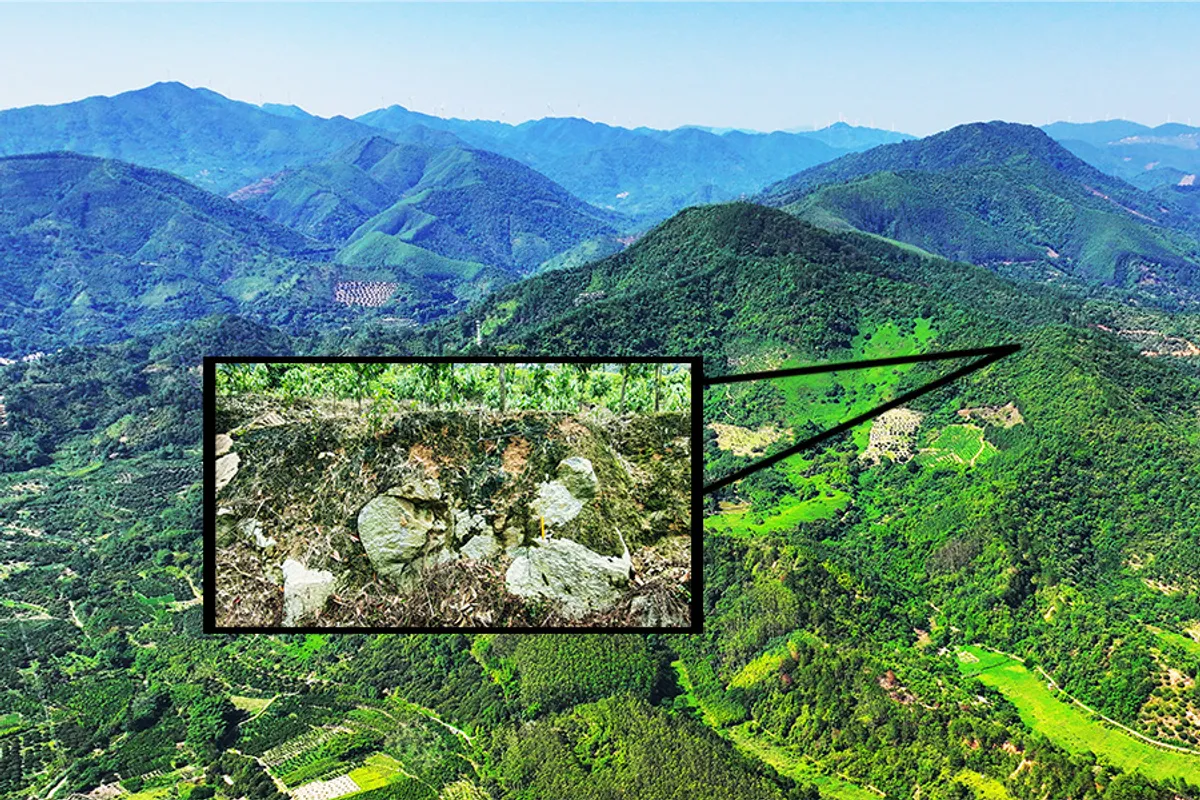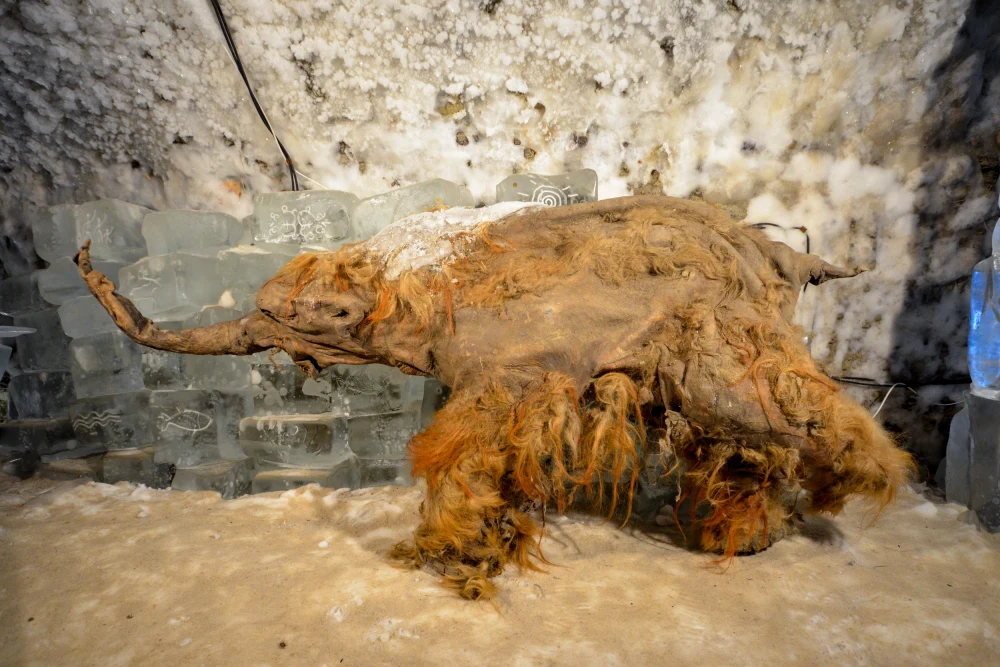Paleontologists have uncovered a new species of hadrosaurid, a “duck-billed” dinosaur, in northwestern New Mexico. The dinosaur, named Ahshislesaurus wimani, lived around 75 million years ago and is estimated to have weighed about nine tons and stretched over 35 feet in length.
Significance of the Discovery
The fossils were originally collected in 1916 but had been misidentified as belonging to other species. Modern analysis of the skull and jaw revealed unique features, leading scientists to recognize this as a distinct species. Unlike some of its relatives, this hadrosaurid had a flat head without a prominent crest, highlighting the diversity of duck-billed dinosaurs in southern North America during the Late Cretaceous.
Anatomy and Lifestyle
The remains include parts of the skull, jaw, and neck vertebrae. Its broad, beak-like snout was likely used to crop vegetation, making it one of the dominant herbivores of its time. The dinosaur would have shared its habitat with horned dinosaurs, armored ankylosaurs, and early tyrannosaur relatives, thriving in the lush river plains of what was then coastal New Mexico.
Environment
During the Late Cretaceous, New Mexico was part of the landmass Laramidia, separated from the eastern landmass by an inland sea. The region consisted of forested plains with rivers and floodplains, providing an ideal ecosystem for massive herbivores like Ahshislesaurus. Geographic isolation likely contributed to the evolution of unique dinosaur species in this area.
Broader Implications
This discovery underscores the hidden diversity of dinosaurs and the value of re-examining museum specimens with modern techniques. It highlights how isolated habitats contributed to evolutionary variation among hadrosaurids and demonstrates that New Mexico is a key region for understanding late-Cretaceous ecosystems.
Future Research
Paleontologists plan to continue exploring nearby formations for additional fossils, which could help reconstruct the full skeleton and provide more insights into the species’ growth, diet, and role in the ecosystem. Studies of tooth wear and jaw structure may reveal specific feeding habits, deepening our understanding of how Ahshislesaurus thrived alongside other giant herbivores.
Conclusion
Ahshislesaurus wimani adds a remarkable new chapter to the story of dinosaur evolution, illustrating the diversity and complexity of life just before the end-Cretaceous extinction. Its massive size and unique anatomy provide a vivid reminder of the rich prehistoric world that once flourished in what is now New Mexico.
















Leave a Reply